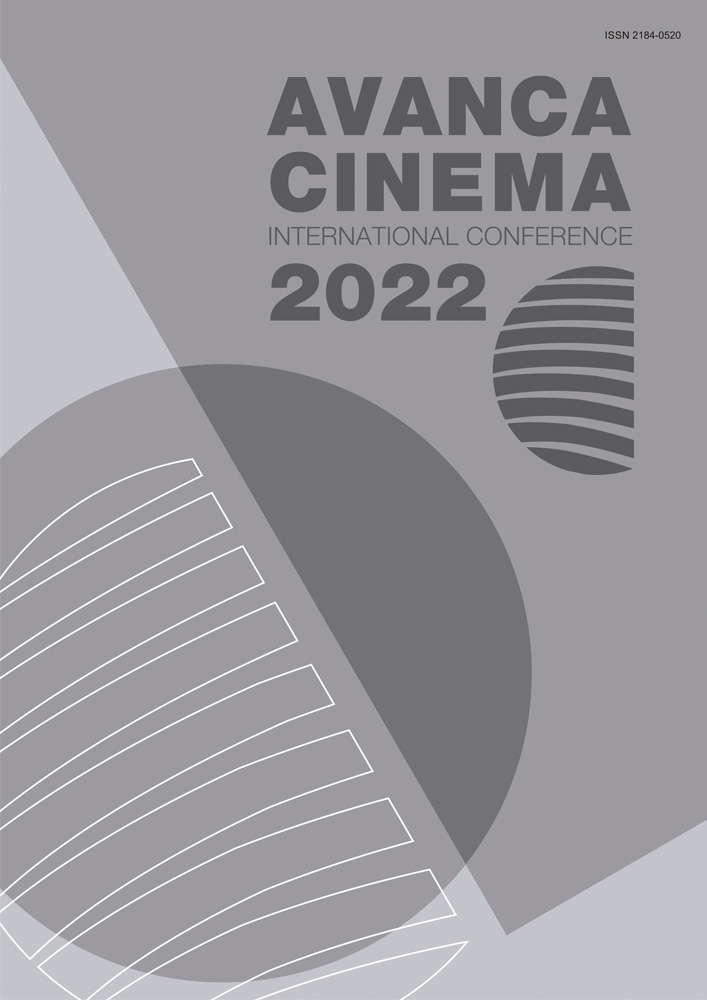Capítulo I _ Cinema – Arte
The aesthetics of light in Afghan Cinema
Resumo
Human observation is essentially the reflection of light from surrounding objects. The main nature of light is to show. Exposure mode allows objects and spaces around us to appear. By appearing, shaping the color and texture and reaching the audience in a space beyond what they see, it makes sense to us. The light shows the texture of the face so that the audience can see the inner state and feeling of the character. Like high-contrast lighting, it pays more attention to the nature of light conduction in such cases. The places that have more light are seen more than other places and attract the viewer’s attention. The presence of these shadows of light causes gestures in the light. An image that is rarely seen or not seen at all.
Filmmakers use the most professional lighting equipment, But Afghan cinema lacks some of the tools and techniques of cinema. This deprivation is related to the structure, perspective and science of cinematographers. Because in Afghanistan, cinema is not defined as a tool and industry, but as a means of entertainment and many filmmakers have not studied cinema academically but have learned it empirically. Therefore, they have not realized the nature of lighting. As a result, they suffice with ordinary lighting and no special light is seen in most movies Films that have been produced in Afghanistan and are of special importance have been produced by some people Who have studied cinema academically Like Atiq Rahimi who makes “Soil and Ash” and “Patient Stone” and Siddiq Barmak who makes “Osama” and “Opium War” And some of them have gained years of experience experimentally and now they are making films like Kaveh Eric who is making the film “Dubanoo”. And Masod Eslami, who is making the film “Kabul Girls”.

Este trabalho encontra-se publicado com a Licença Internacional Creative Commons Atribuição 4.0.

